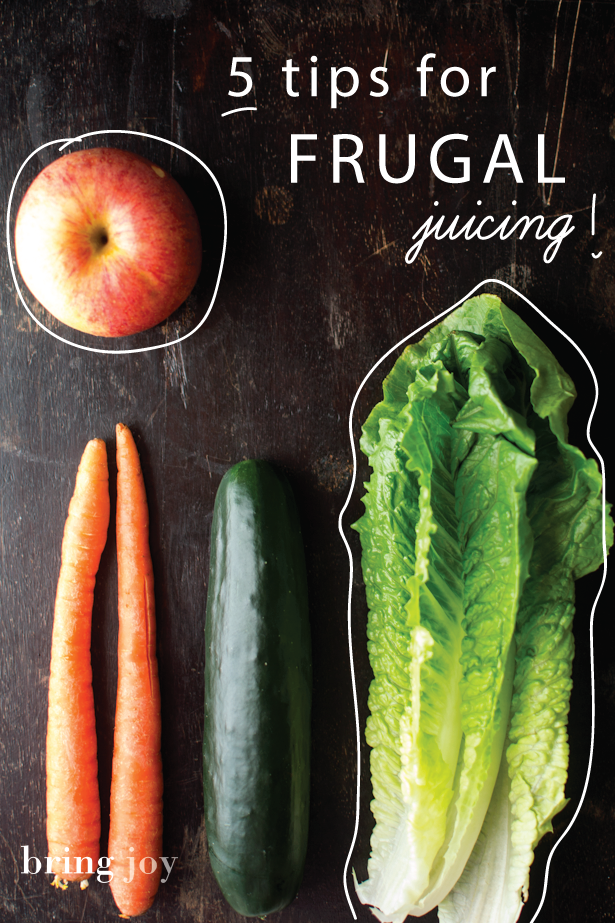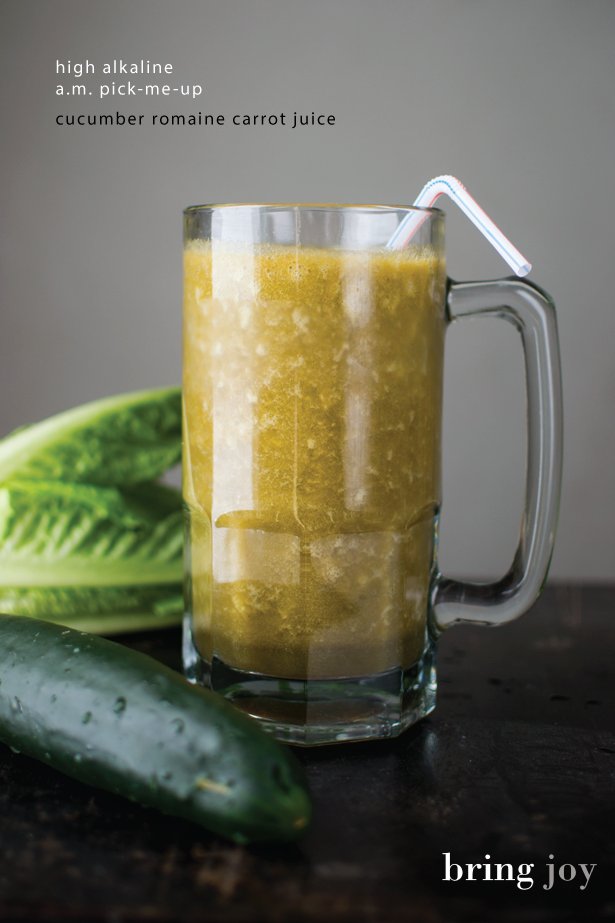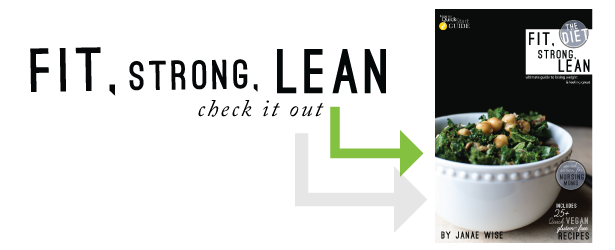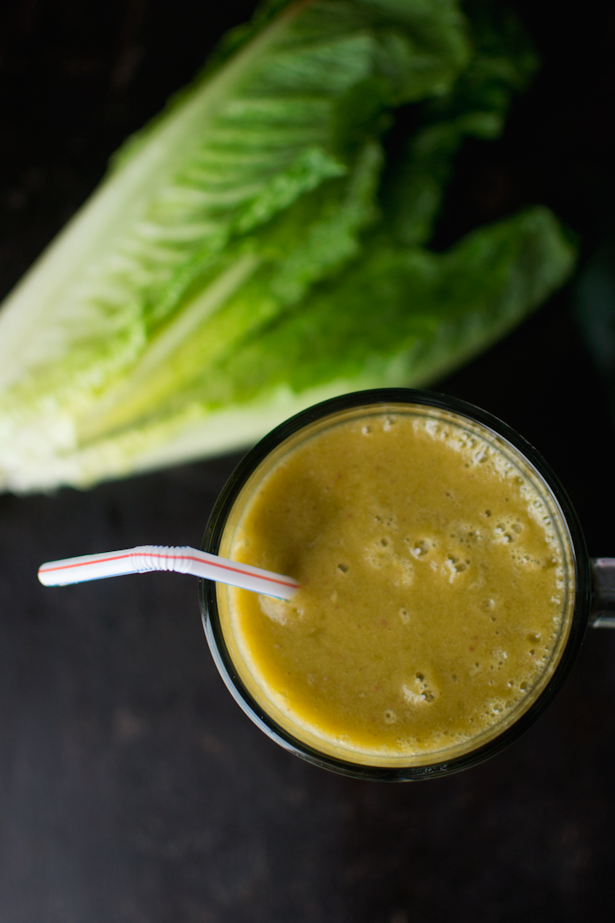*This post contains affiliate links.
If you were to ask me what the greatest invention of the last century was, would it be: the airplane? the stove? a washing machine? the blowdryer? modern sanitation?
As nice as all of these are, the one invention of the 20th century, the one that impacts my life the most–or at least, I’d put it up there in my top three, along with modern sanitation & air conditioning (especially now that I live in south Texas!)–would be my blender. Specifically my Blendtec (why I love my Blendtec, here).
Why?
Because it makes my life easier.
You know how much produce I can pack into my diet each day because I have a blender? I like to drink at least a quart (that’s four cups) of smoothie every day. In 4 cups, I can pack a ton of greens, much more than I have time to eat (though you know I still love salads!).
It saves me so much time (at least one meal a day comes from my blender) and makes my role as nutrient deliverer to my children so much easier.
The thing is, a lot of people think juicing is expensive, so they don’t do it. Well, I want you to juice, I want you to know that even if you’re on a tight budget, you can juice!
Here are 5 tips for frugal juicing.
Note: I use my Blendtec blender to juice. Some juicing “pro’s” say this is not juicing. The thing is, with a powerful blender like a Blendtec, you can make juice that includes the fiber (which I prefer). You can’t make a smooth, smooth, fiber-rich juice with just any blender. You need to use either a Blendtec or Vita-mix. If you own & use a juicer, many of these tips still apply, so read on!
You might also want to check out my other frugal tips posts:
-
10 tips for frugal weight loss
-
10 tips for frugal fitness
-
10 tips for frugal vegan + gluten-free baking
#1 Juice carrots
You can buy large 15, 20, 25 lb. bags of “juicing” carrots. These carrots are less pretty than conventional carrots, but are often half the price. Carrots are rather affordable anyway, but if you buy juicing carrots, they tend to be an even better deal.
Now, if you don’t have a crew like I do, maybe just one or two others in your household, a large bag–5 or 10 lbs–of organic carrots will still get you a lot of servings of juice at a fairly reasonable price. I often add a carrot or two to my juices. It adds a bit of sweetness & lots of vitamin A.
#2 Juice the remnants of the bottom of your veggie bin
Remember my 7 tips for saving on your grocery bill each month post?
The photo I took of my fridge was taken at the end of the month when my fridge was nearly bare. For the last few days of the month, I just took the remaining leftovers from my produce bin & made some interesting concotions that wouldn’t have otherwise tried. (The recipe below is one such concoction.)
#3 Use a blender instead of a juicer to make your juices
It’s not just because I’m totally impartial to Blendtec. It’s that as a busy mom, hauling out that juicer, cutting the veggies, making the juice, & then cleaning up is more work than I’m willing to do at this point in my life. (I used to have a Champion juicer but then sold it when I realized it was only collecting dust.)
Also, I like/want/need the fiber from the produce, which a juicer eliminates. If you’re doing a cleanse, you may want to have the fiber removed, but as my friend Leanne recommends in her cleansing ebook (afflilate link), you can remove the fiber by pouring the juice through a fine-mesh sieve.
#4 Freeze just-about-to-go-bad produce & use it in future smoothies/juices
One of the things I love about the Blendtec? I can throw in frozen fruit & greens.
Using frozen fruit saves money on spoilage (why frozen is often better, here). And did you know you can freeze things like watermelon & canteloupe & use them in juices/smoothies?
{13 foods you probably didn’t know you can freeze}
#5 Juice what’s in season, & what’s on sale
Now that most of us can our hands on big bags of kale & greens year round, it’s easy to afford most of the produce you use in juicing.
However, in the spring & summer months I tend to use more cucumbers, carrots, watermelon. In the fall, more apples, and in the winter, citrus fruits. Focusing on seasonal produce makes sense & several levels, not the least of which is it’s nicer on your wallet.
//
This is what I made the end of last month when I thought I didn’t have anything to make for my morning smoothie/juice.
If you’ve read my ebook, you know I love a kale protein smoothie in the morning, but I was out of hemp protein, out of kale.
But I did have a small head of romaine lettuce, a cucumber, a few carrots, a lemon, an apple.
So I made this, which is very similar to my green lemonade smoothie:
If you’ve never juiced cucumber or thrown it into a smoothie, here’s a tip: it *can* have a strong flavor, so you’ll want to combine it with something that complements it. Carrots, lemon, & apples tend to go well with cucumber.
Since I’ve made this juice, I’ve made it several times again. Note, it’s not necessarily “the most delicious juice you’ve ever tasted in your life!” but, you’re getting a: full cucumber, a full apple, two carrots, several leaves of lettuce, juice of one lemon. It’s very alkaline, & your body will love it.
Cucumber Romaine Carrot Juice
- One cucumber (cut into chunks)
- juice of one lemon
- 3 romaine lettuce leaves, torn into smaller pieces
- 2 carrots (washed, cut into chunks)
- 1 sweet apple (I like fuji), cored & cut into large chunks
Juice in your juicer OR if you have a Blendtec, place cucumber chunks into jar. Pulse a few times, then press whole juice button. Run 1/2 cycle on whole juice. Add lemon juice, lettuce leaves, carrot chunks, & apple. Run on one whole juice cycle.
*Tip: If you like your juice cold, add a few ice cubes when you do the full juice cycle.
♥
Do you juice?
What’s your fave juicing combo?
Do you juice with a Blendtec or Vita-mix or with a juicer?








Comments